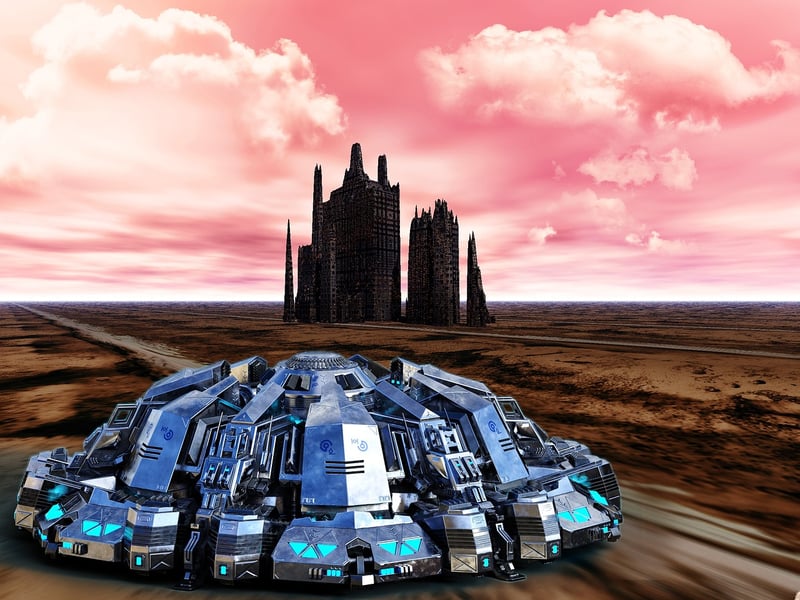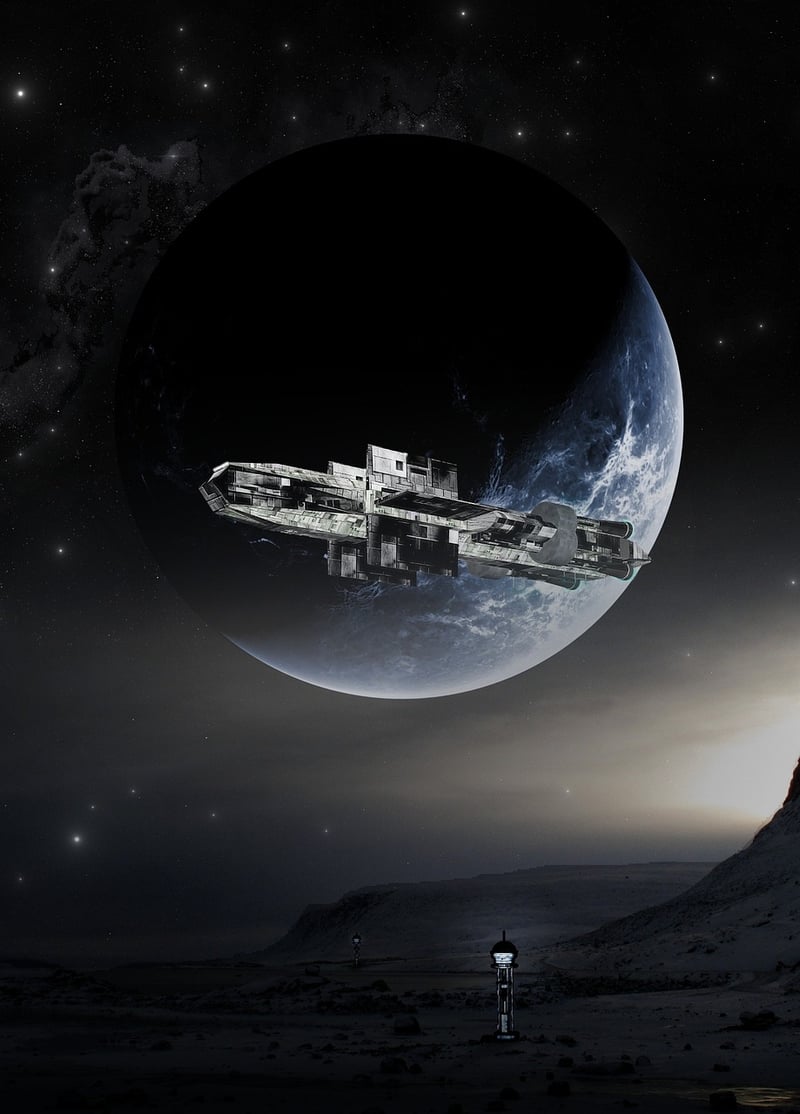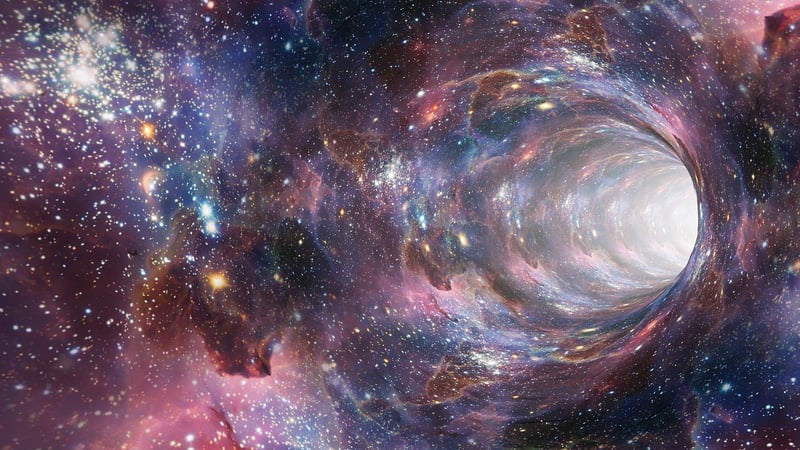Space-Time Continuum
Mechanisms of Travel and the Space-Time Continuum
Traveling through space and time has long been a fascination for humanity, inspiring countless works of science fiction and sparking scientific research into the possibilities of traversing the cosmos. In this article, we will explore the mechanisms of travel and the intriguing concept of the space-time continuum.
Wormholes
One of the most popular theoretical concepts for space-time travel is the idea of wormholes. Wormholes are hypothetical tunnels that connect two separate points in space-time, effectively creating a shortcut between distant locations. While wormholes remain a theoretical construct, they have captured the imagination of many scientists and science fiction enthusiasts.

Warp Drive
Proposed by physicist Miguel Alcubierre in 1994, warp drive is a speculative concept that involves the manipulation of space-time to achieve faster-than-light travel. By contracting space in front of a spacecraft and expanding it behind, the ship could effectively "surf" through space-time, allowing for rapid travel between distant stars.

Time Dilation
According to Einstein's theory of relativity, time is not constant but is instead relative to the observer's motion and gravitational field. This phenomenon, known as time dilation, suggests that time can pass at different rates for observers in relative motion. Time dilation has been observed in experiments involving high-speed travel and plays a crucial role in our understanding of the space-time continuum.

Conclusion
While the mechanisms of travel and the space-time continuum may seem like the realm of science fiction, ongoing research and theoretical exploration continue to push the boundaries of our understanding. Whether through the concept of wormholes, warp drive, or time dilation, the possibilities of traversing space and time remain a captivating subject for scientists and enthusiasts alike.
Explore the wonders of the universe and let your imagination soar as we delve deeper into the mysteries of travel and the space-time continuum.
